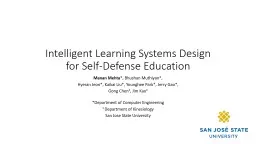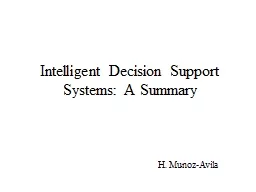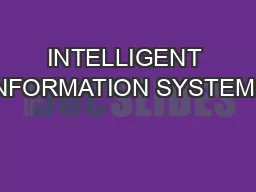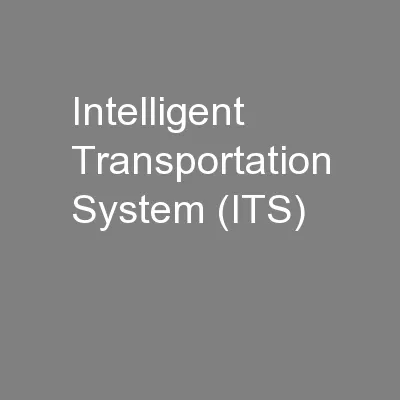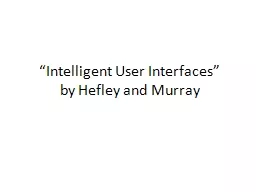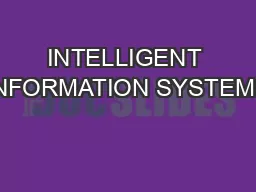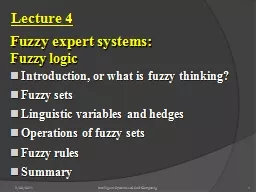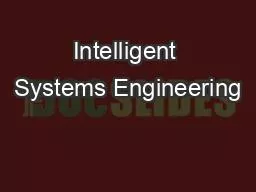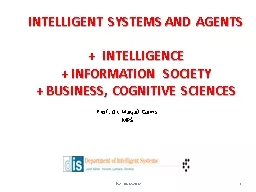PPT-Intelligent Learning Systems Design
Author : giovanna-bartolotta | Published Date : 2018-03-06
for SelfDefense Education Manan Mehta Bhushan Muthiyan Hyeran Jeon Kaikai Liu Younghee Park Jerry Gao Gong Chen Jim Kao Department of Computer Engineering
Presentation Embed Code
Download Presentation
Download Presentation The PPT/PDF document "Intelligent Learning Systems Design" is the property of its rightful owner. Permission is granted to download and print the materials on this website for personal, non-commercial use only, and to display it on your personal computer provided you do not modify the materials and that you retain all copyright notices contained in the materials. By downloading content from our website, you accept the terms of this agreement.
Intelligent Learning Systems Design: Transcript
Download Rules Of Document
"Intelligent Learning Systems Design"The content belongs to its owner. You may download and print it for personal use, without modification, and keep all copyright notices. By downloading, you agree to these terms.
Related Documents

